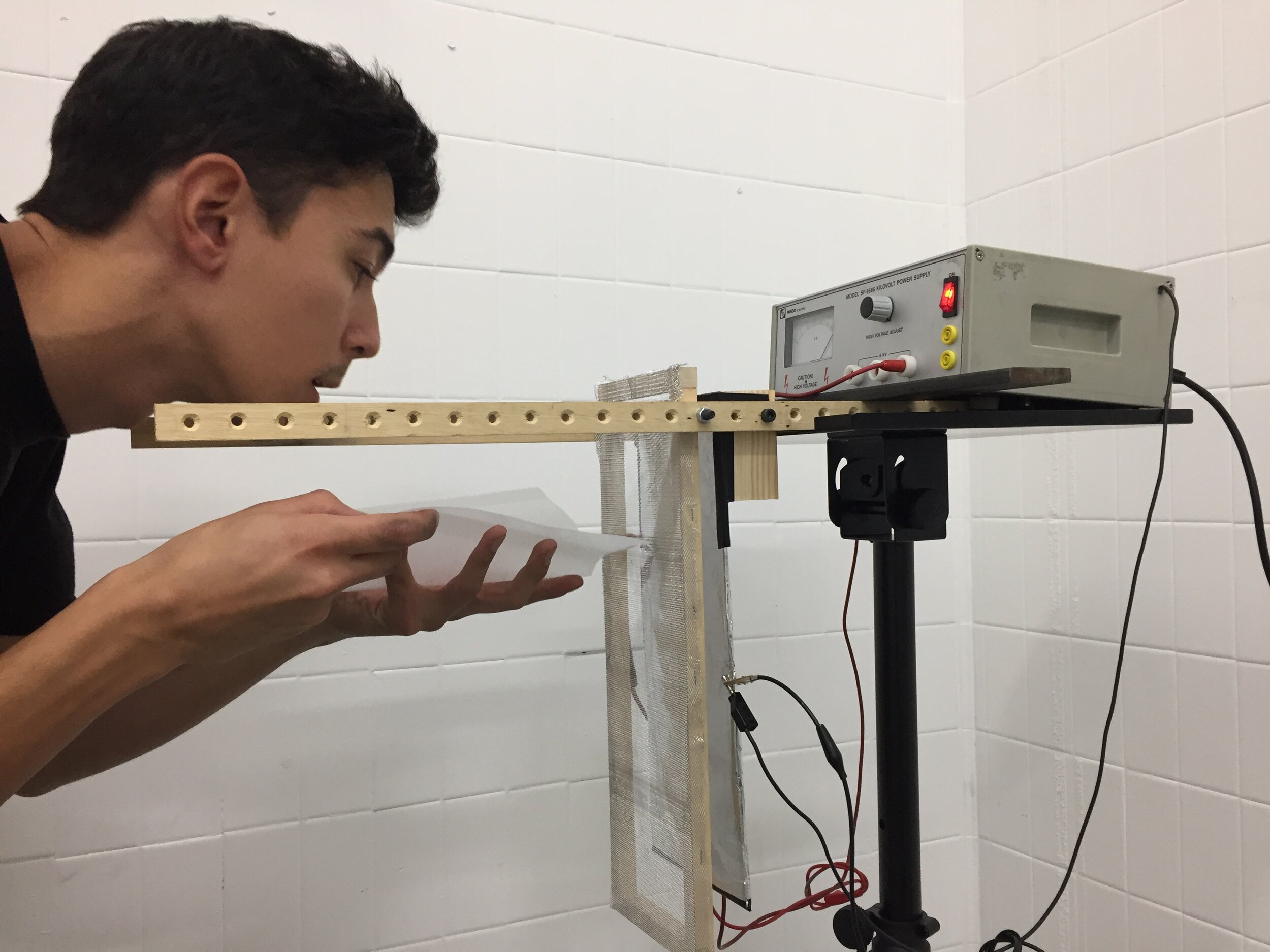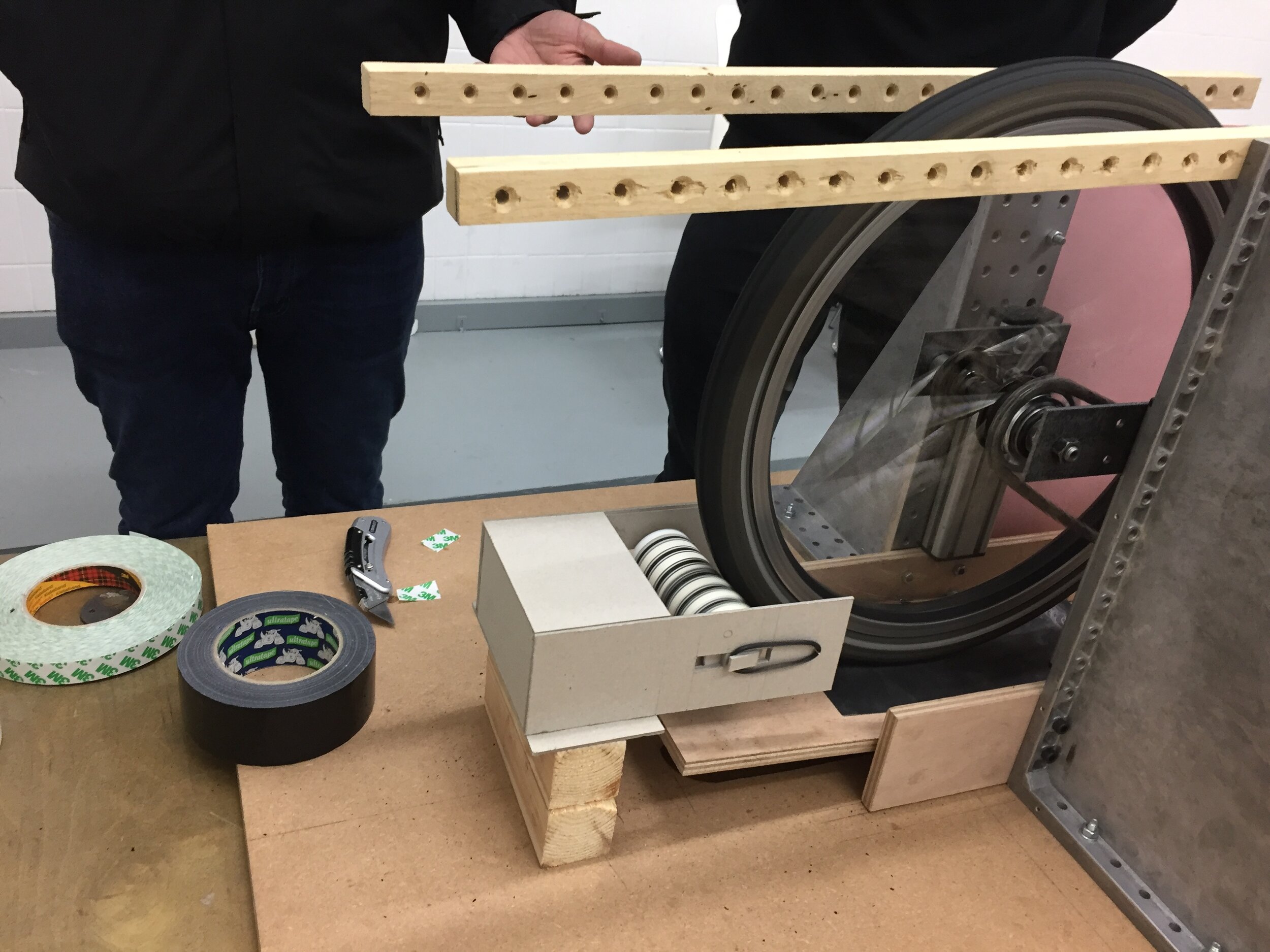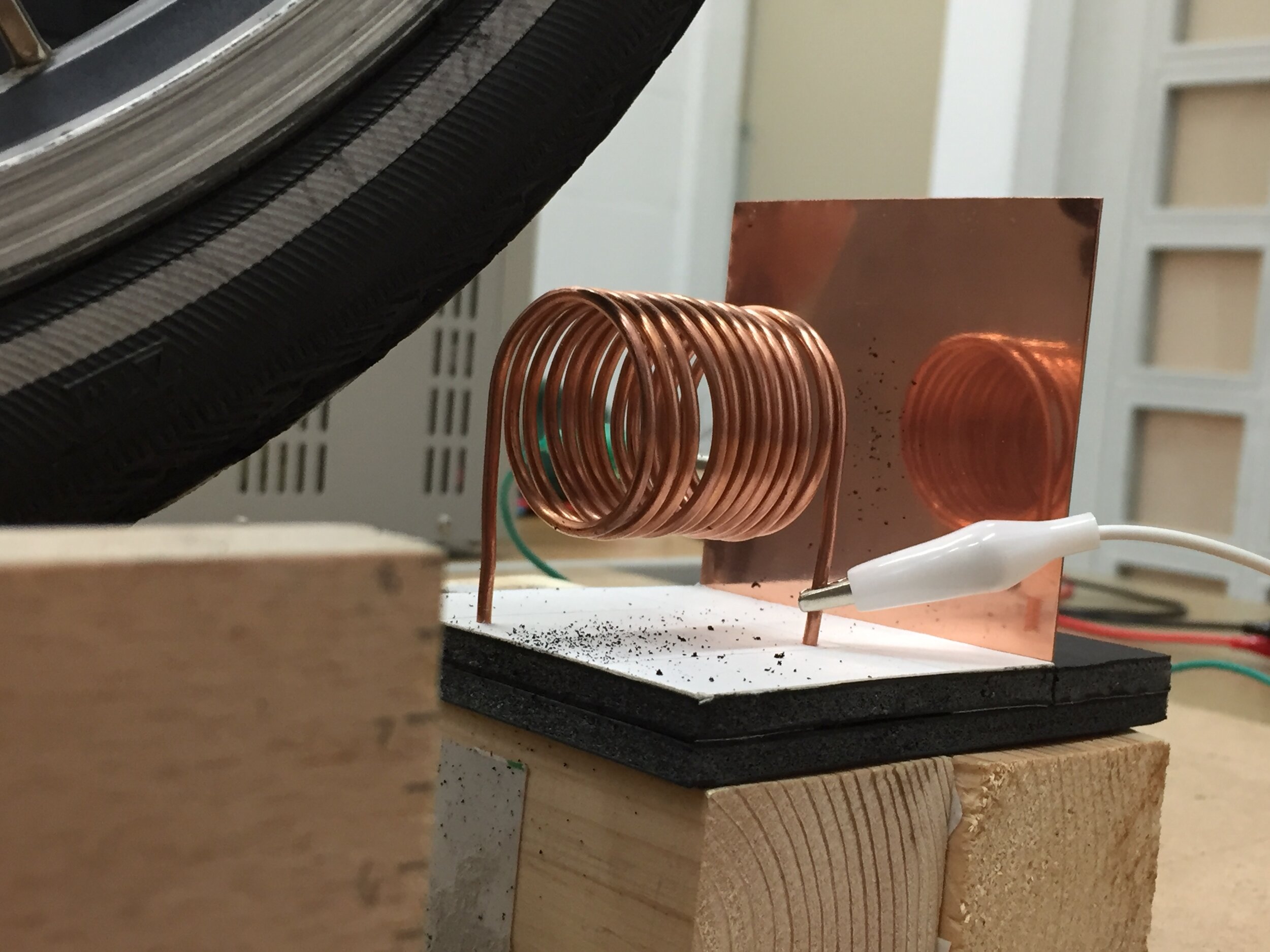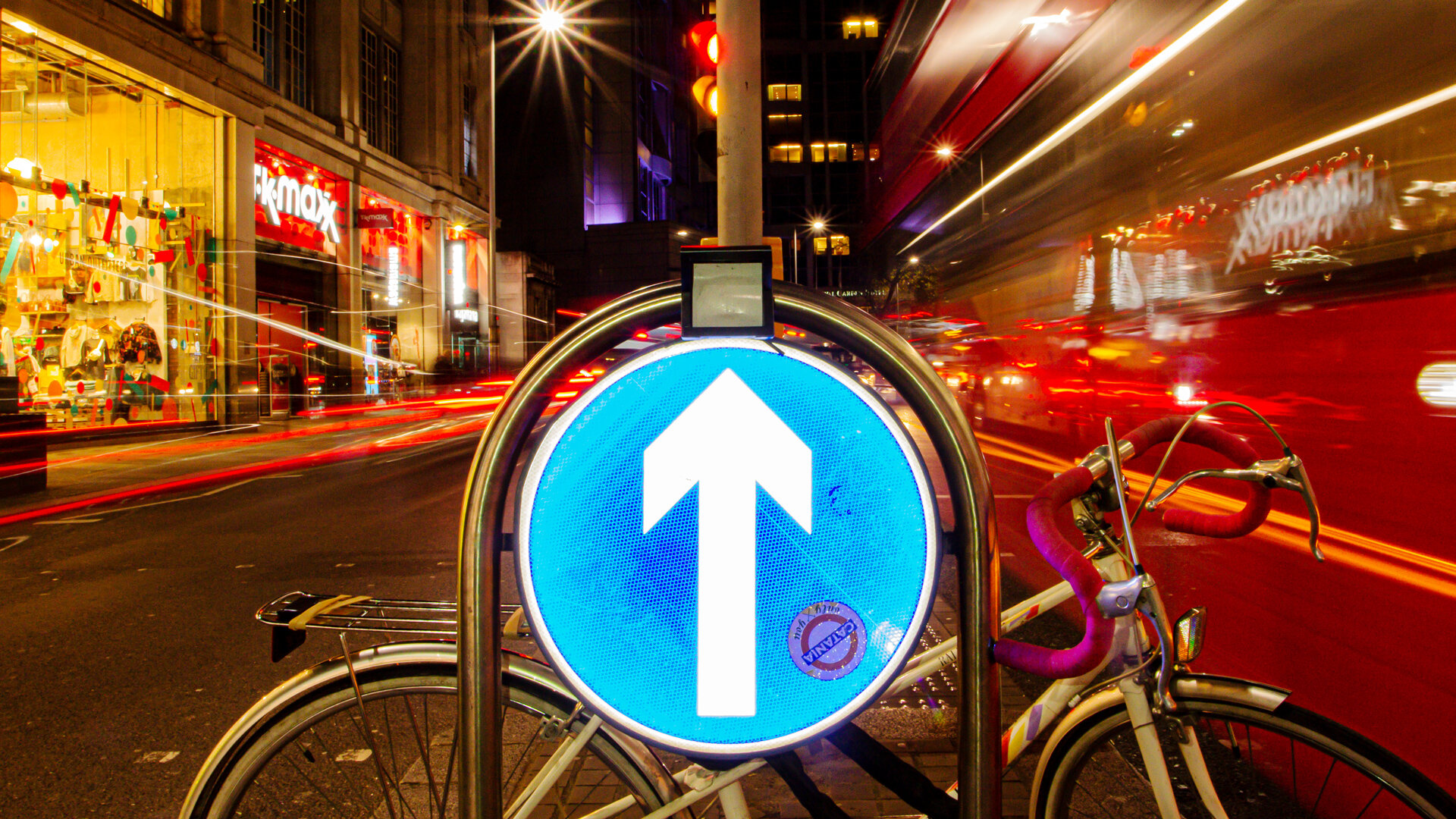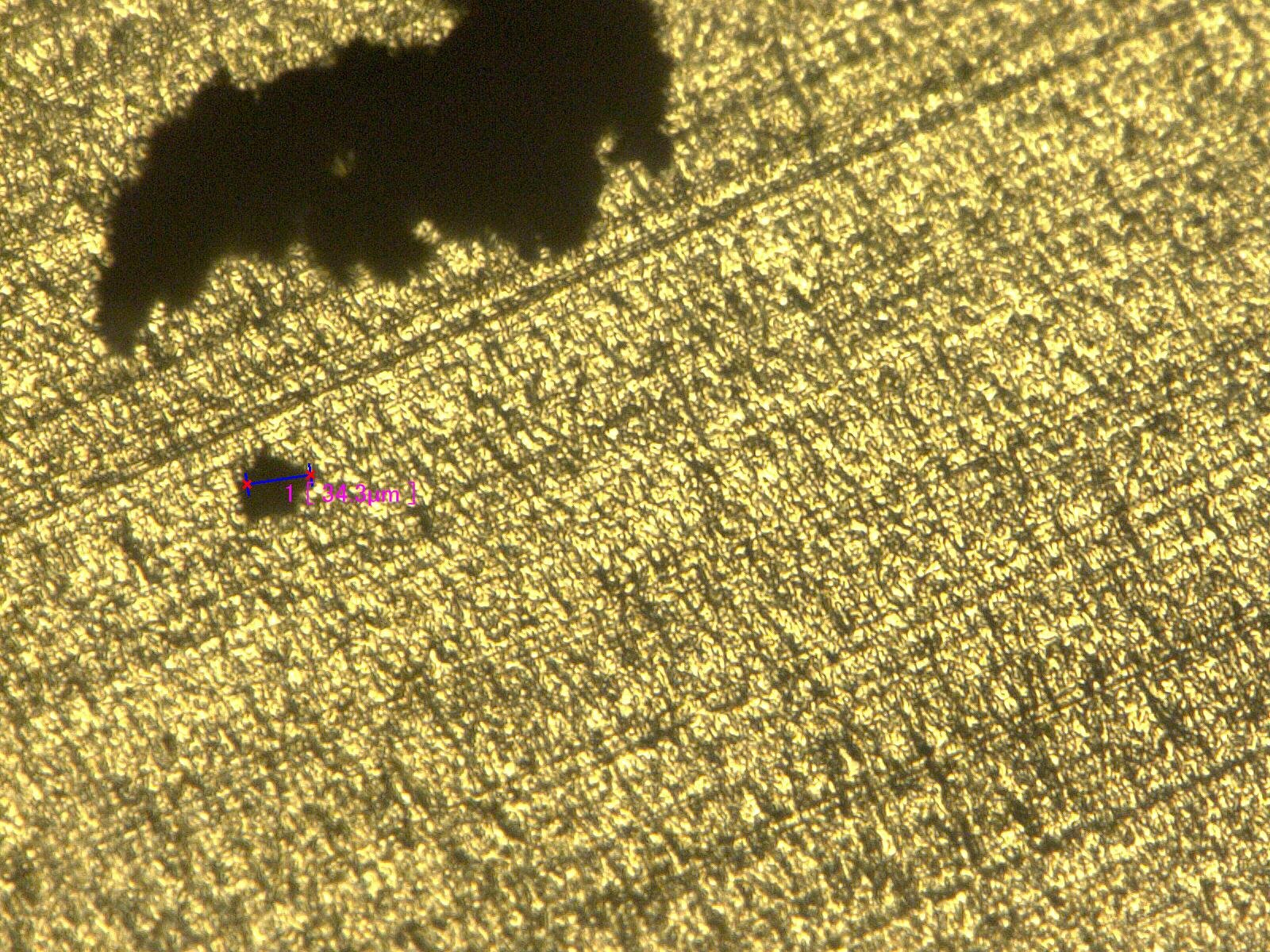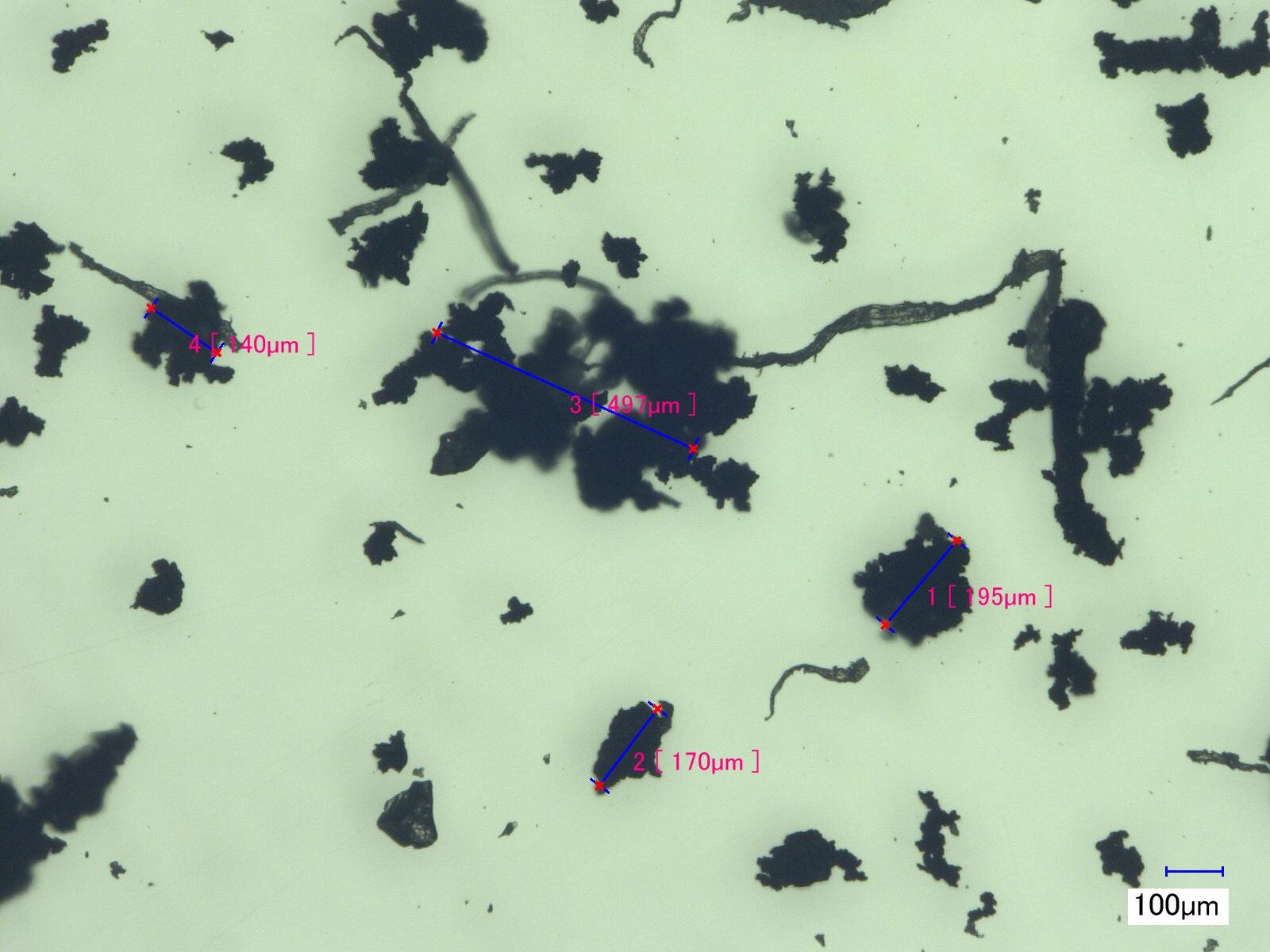
The Tyre Collective
The Tyre Collective
Venture to mitigate the second largest
source of microplastic pollution in our environment
2019 – 2020
12 weeks (ongoing)
Role:
Lead Primary & Secondary Research and
Interdisciplinary collaboration and facilitation with experts;
Defined product and business strategy;
Prototyped with electronics & code for the product.
Awards
Mayor Of London’s Entrepreneur Award 2020
Sustainability Winner (20K GBP)
James Dyson Award
UK National Winner (10KGBP)
Imperial Venture Catalyst Challenge
Moonshot Prize (10K GBP)
Core77 Design Awards
Commerial Equipment Runner Up
Fast Company Innovation By Design Awards
Finalist
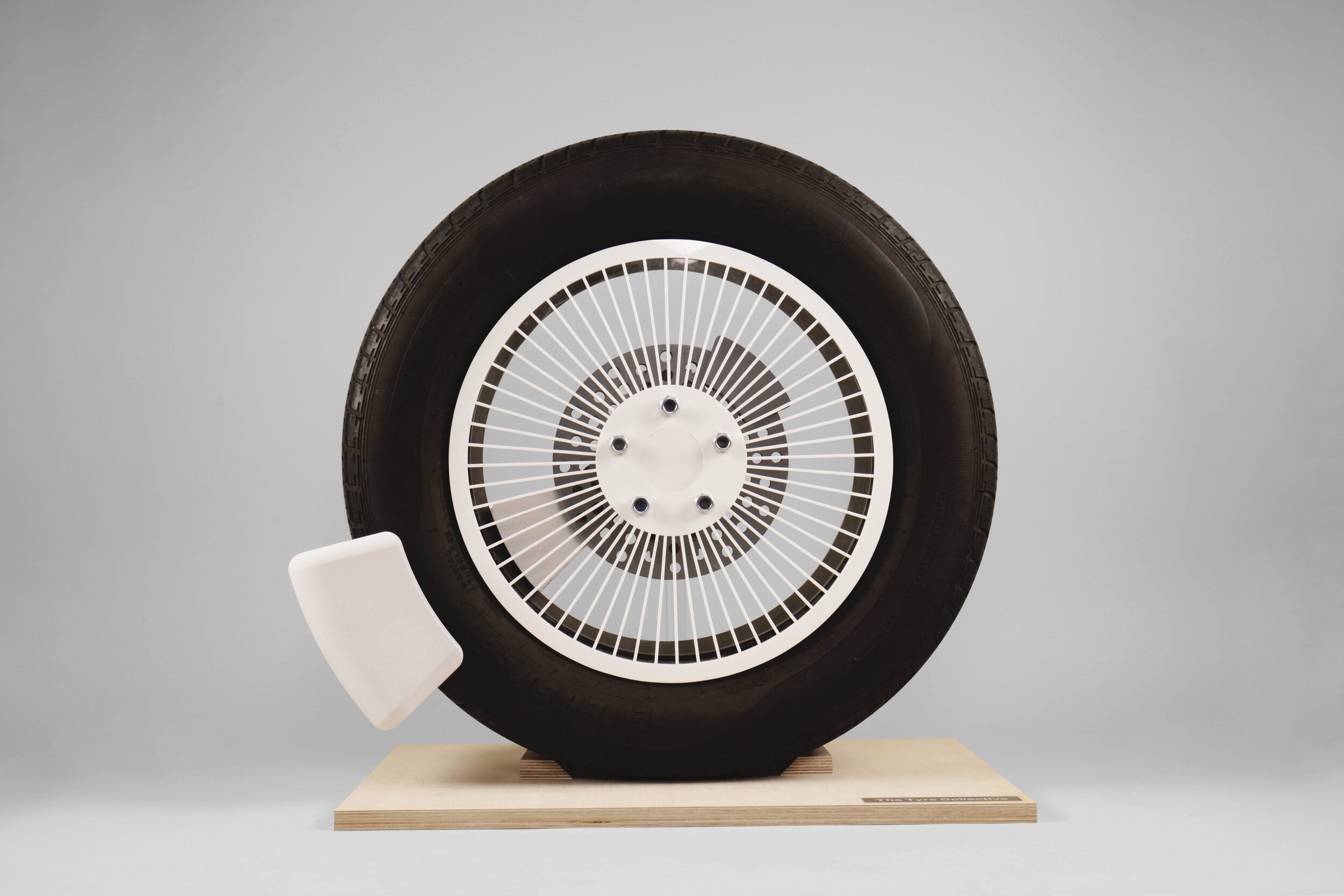
Tyres: The stealthy microplastic pollutant
we never thought about.

What happens when tyres wear down?
We all know tyres wear down, but never stop to consider where they go. Tyres wear out from friction every time we brake, accelerate or turn a corner. The particles become airborne affecting our lungs. More are swept into our waterways and oceans eventually entering our food chain. In fact, tyre wear emissions account for nearly half of PM 2.5 emission from road transport and are the second-largest microplastic pollutant in our ocean after single-use plastic.

The amount of tyre wear produced by London Buses, EVs, and cars. The No. 9 London bus, on average releases 4.65g per journey
and a total of 65g a day. Car and EV quantities based on a 16km UK average commute per day
An electric future
Electric vehicles (EV's) and stringent regulations will lower tailpipe emissions in the future. As EV’s are heavier than gas vehicles because of their battery, studies have shown that tyres would wear at a faster rate, increasing tyre wear emissions from 7 kilotonnes in 2015 to nearly 10 kilotonnes by 2030 in the UK. As we transition to EVs, it is crucial to consider the implications of tyre wear, so we are not replacing one pollution source with another.

Future vehicle pollution will not come
from tailpipes, but from tyres.

What if cars could clean up after themselves?
So we invented a device that captures tyre wear
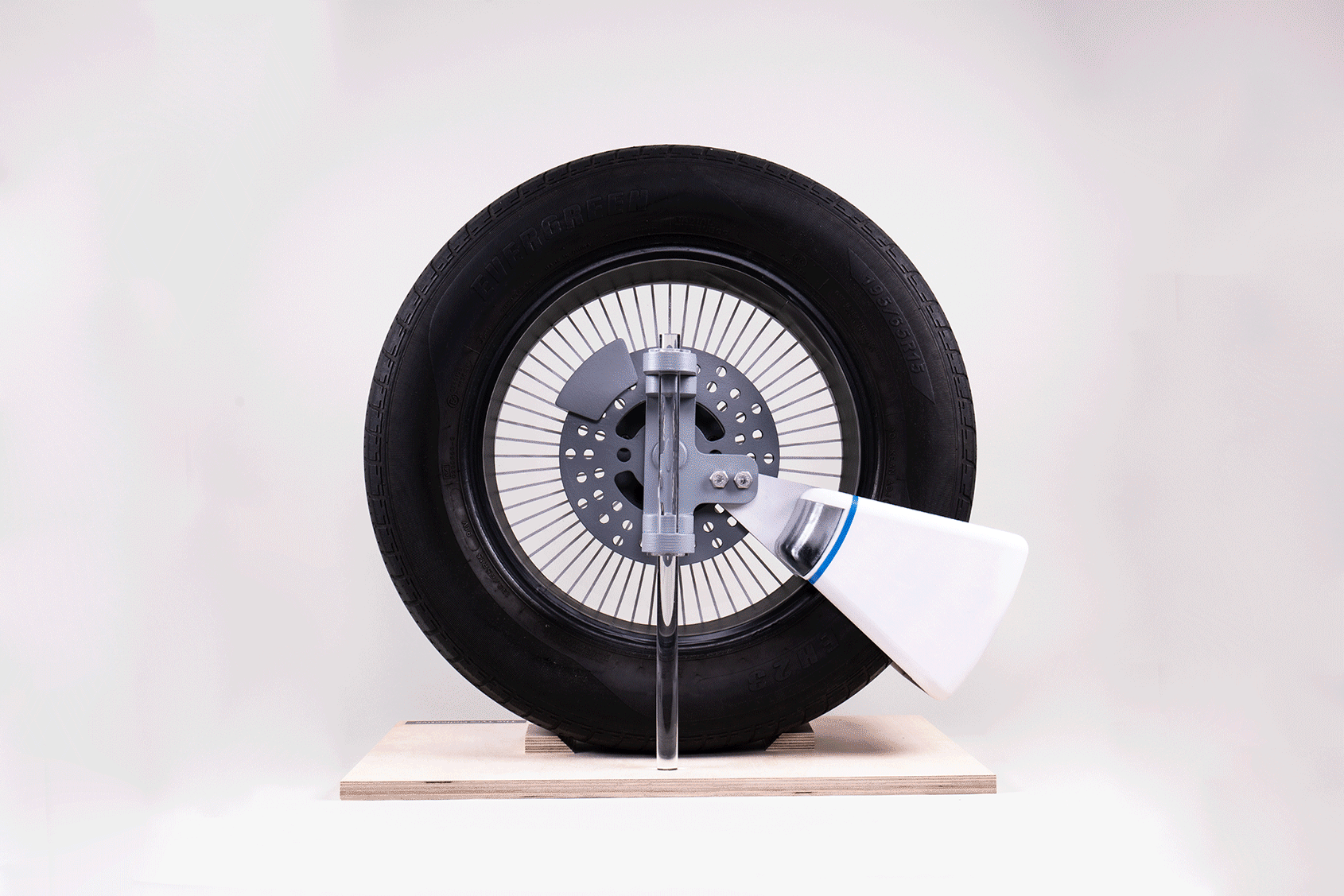

Electrostatics & Aerodynamics
Carbon in rubber particles are positively charged as they fly off of the tyre. What started off with rubbing a balloon against a sweater, eventually led to our device that directs and collects charged particles with electrostatics as a guiding principle. Currently, our device collects 60% of all airborne particles. The device is positioned close to where the tyre meets the road. Working with the Imperial Department of Aeronautics we identified this position, to take advantage of airflow and Magnus effect of the spinning wheel.


Closing the Loop
With an aim to create a closed-loop model after collection, these fragments are separated using simple techniques. Particles under 50 microns are small enough to be reused in new tyre walls, and other exciting applications.

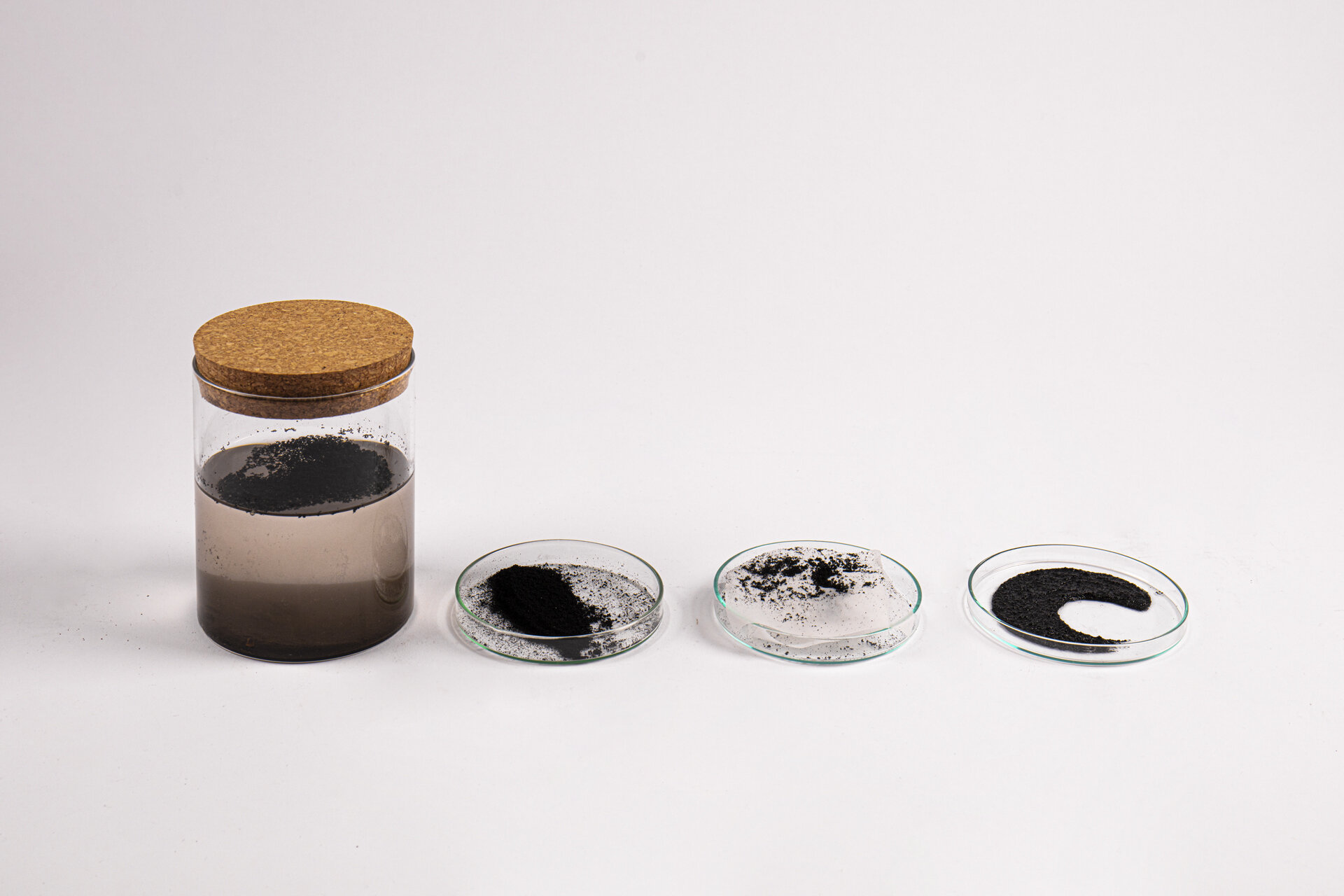

Exhibitions
Dutch Design Week 2020
Imperial Lates: Future Commuter 2020, London
Material Driven, Architects@Work, Bilbao
RO Guiltless Plastics Prize Finalist, Milan
Making & learning
We explored various methods like vacuuming and adhesives but our discovery started with an observation—rubbing a balloon against a sweater and watching shaved tyre particles dance. This led us to hypothesise that the rubber itself was charged and that we could use electrostatics to capture it.
To test our theory we built a rig, spinning a bike wheel against a sprung road to mimic a tyre skidding. Our early prototypes were built in card, foamboard and copper, experimenting with various typologies and configurations of charged plates to maximize surface area and collection efficiency.

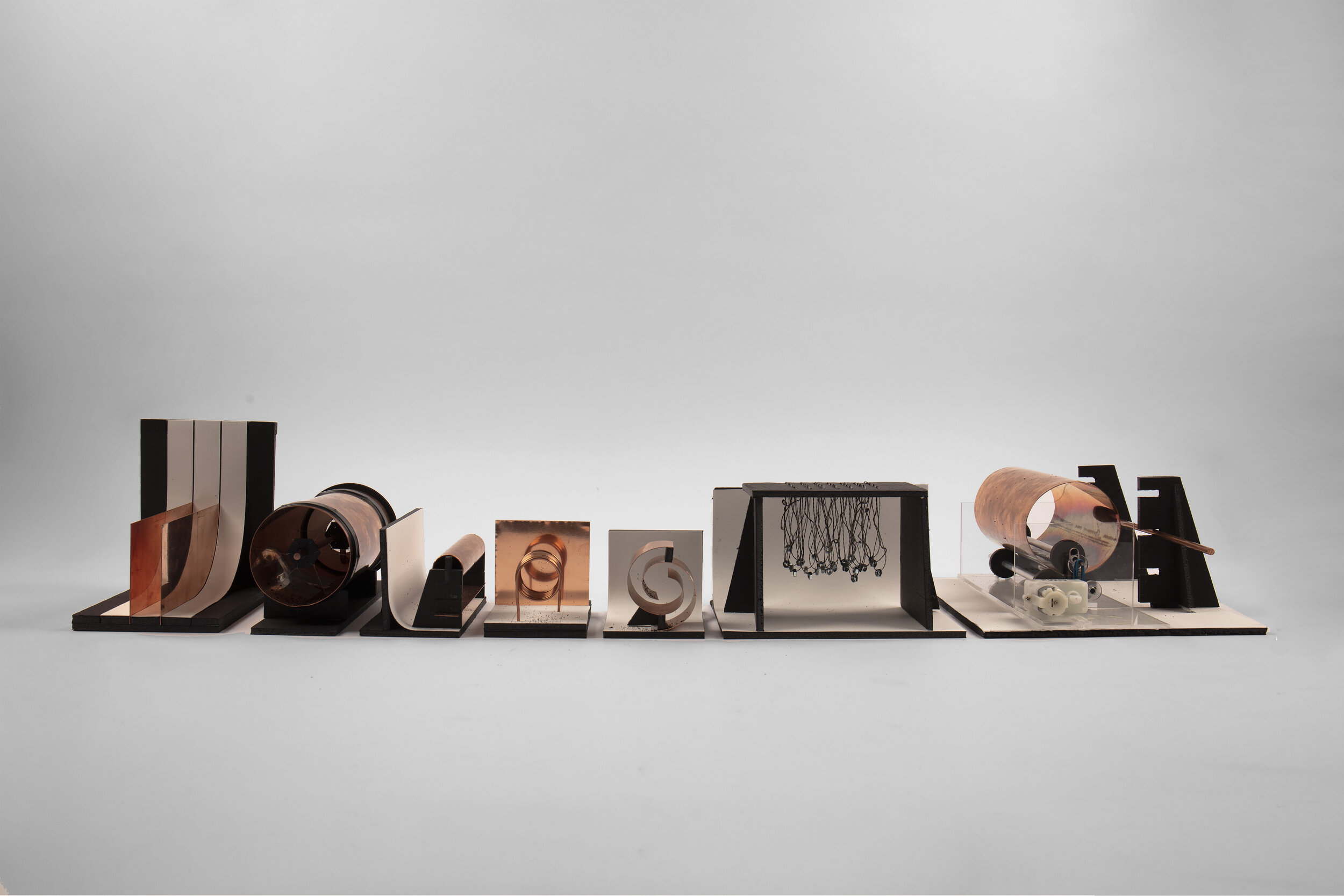

Initially powered by an external power source, we also tested batteries and built our own Van de Graaff generator.
Since the particles are pre-charged we only require a single array of electrostatic plates powered directly from a dynamo, stepping up the voltage as required.
To validate this problem in the context of London we collected road-sediment samples from different locations and identified a significant presence of tyre wear. To visualise the problem, we tracked TFL busses in realtime and calculated that a single bus produces 336g of tyre wear per day, a pile the size of a grapefruit.
Special Thanks to
Dyson School of Design Engineering
Prof. Robert Shorten
Dr. Chandramohan George
Imperial Department of Civil and Environmental Engineering
Dr Geoff Fowler
Dr. Marcus Yio
Imperial Department of Aeronautics
Dr. Nigel MacCarthy
Sang Nguyen
Imperial Department of Mechanical Engineering
Prof. Marc Masen
